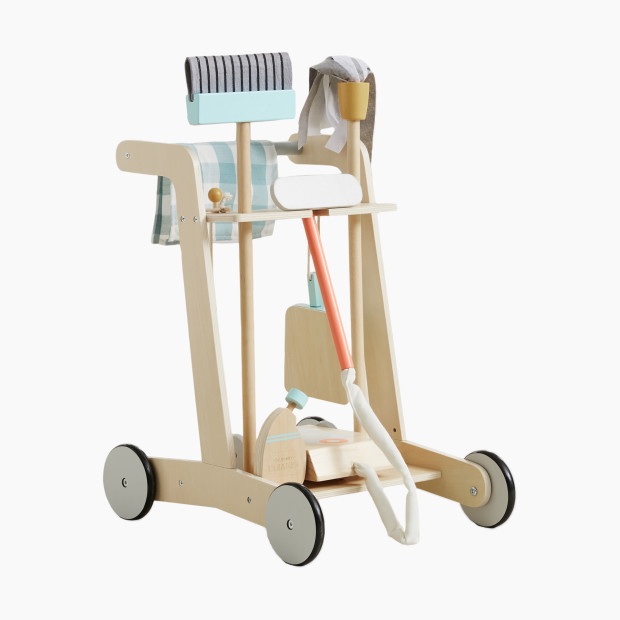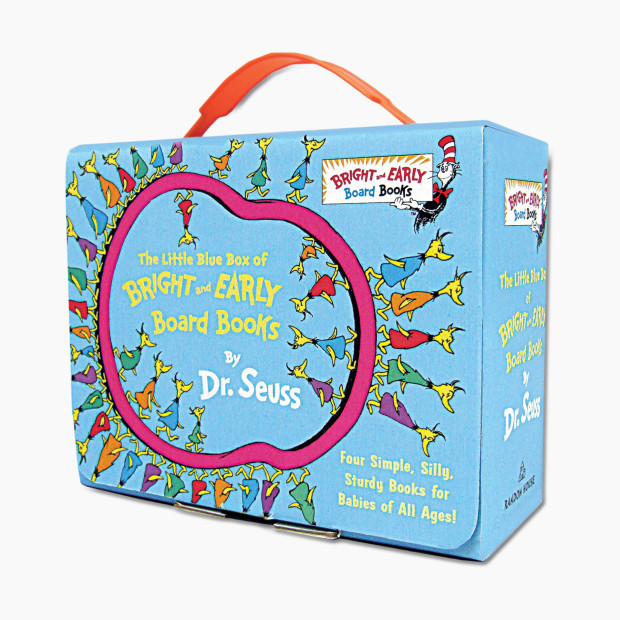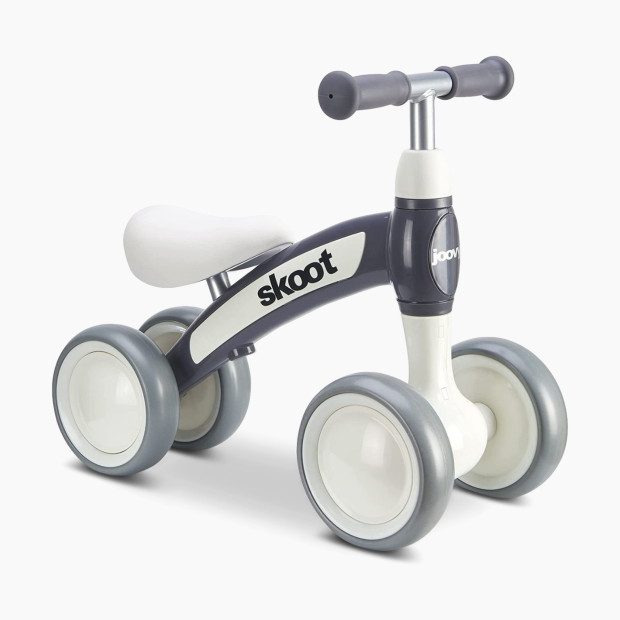
Toddler Milestones Guide: Two Years Old
Your two-year-old is changing every day. We’re outlining new skills to look for and the best toys to promote their growth.

In This Article
If you’ve ever noticed your toddler opening up a container and dumping things out, repeating something they overheard in a conversation or standing on their tiptoes, you’re witnessing a developmental milestone in real-time right before your eyes.
Developmental milestones—things most kids can do by a certain age—are a huge part of childhood, especially during the first few years of life. Some milestones are physical, like learning to run or climb stairs, while others involve problem-solving skills or social and emotional learning. And while every child hits these milestones at different times, there are some benchmarks to be aware of as your little one grows.
We’re walking you through the developmental milestones for two-year-olds according to the Centers for Disease Control and Prevention (CDC) and the American Academy of Pediatrics so you can help your toddler thrive as they grow. And since most children learn through play, we’re highlighting our expert picks for the toys, books and other favorite items to have on hand to best support your child as they grow and develop.
Social and Emotional Milestones
Two-year-olds can have some big emotions. Learning to work through them is a big part of being two—and it’s totally normal to have some (okay, a lot) of ups and downs along the way. It’s also a time when your toddler begins to look beyond themselves to realize that they’re not the center of the universe. (Even though it often feels that way.) You may notice your little one showing interest in other kids and in their emotions, and even imitating the behavior they see around them.
These are the social and emotional milestones to look for at two years old:
Notices when others are hurt or upset
Looks at your face to see how you react in a new situation
Imitates behaviors of others
Increasingly enthusiastic about the company of other children
Increased independence
Begins to show defiant behavior
Shows separation anxiety
Toys and books can play a huge part in supporting your little one’s social and emotional development. Here are a few things to keep in mind while you shop.
Feelings, feelings, feelings—two-year-olds have a LOT of them. Books can be a great resource for helping your toddler identify, name and explore their emotions. Reading with your toddler is also a great way to bond and to establish a regular bedtime routine.
Anything that imitates real life is usually a hit with the two-year-old crowd. Toys like play kitchens, cleaning sets, dolls and doll strollers and other similar items can help your two-year-old act out all types of everyday scenarios. It may look like simple play, but they’re actually learning a ton.
Embrace the mess and let your toddler practice building independence. Simple things like letting them pour their own glass of water or help you sweep the floor go a long way in both development and giving them a sense of agency over their day.
Language and Communication Milestones
What started as single words have now turned into short phrases and even sentences for some toddlers by the time they turn two years old. (But just remember that language is the area with the most variation in development, according to the AAP. Some toddlers build language skills at a steady rate, while others are much more sporadic. Try not to compare and always talk to your pediatrician if you have any concerns about your little one’s speech.) These are the language and communication milestones to look for at two years old:
Points to things in a book or at an object when you ask
Uses simple phrases, e.g. says at least two words together, like “More milk”
Uses two- to four-word sentences
Repeats words overheard in conversation
Points to at least two body parts when asked
Uses gestures other than waving and pointing, like nodding yes or blowing a kiss
Engaging your two-year-old in conversation and asking them questions throughout the day are both good ways to help build their language and communication skills. Toys and books can help, too.
Reading to your two-year-old has so many benefits across the entire spectrum of development, and it can specifically help language and communication development by helping your little one increase word meaning and build phonemic awareness. Look for books that feature vivid illustrations or realistic pictures and are fun to read with your toddler. Board books are great for this age because of how sturdy they are.
Playing simple games like giving your toddler easy commands to follow or pointing to body parts are all good ways to help build language and communication skills. You can use books, toys like dolls or figurines or even simple board games.
Singing to and with your toddler can help them build language development—and it’s really fun!
Cognitive Milestones (Thinking, Problem-solving)
Watching your toddler’s wheels turn as they try to solve a problem is fascinating. (And at times pretty entertaining, too.) Cognitive milestones like reasoning and problem-solving are starting to take off at two years old as your little one absorbs—and attempts to make sense of—the world around them. Here are the developmental milestones to be on the lookout for:
Holds something in one hand while using the other (e.g. taking the lid off of a container)
Tries switches, knobs or buttons
Plays with more than one toy at the same time (e.g. putting toy food on a toy plate)
Finds objects hidden under two or three covers
Begins to sort (shapes, colors etc.)
Begins pretend play
There are so many toys to support your little one’s growing mind. Toys that nest and stack, puzzles, shape sorters, and imaginative playthings like kitchens and dolls are all perfect for a two-year-old’s growing mind. Consider these things as you shop.
Busy Toddler recommends having a few toys from each of these categories in your toddler’s toy collection: toys that move (cars), toys that roll (balls), toys for caregiving (dolls, animals), toys for imaginary play (dress-up, play food) and toys for practicing social skills (dollhouse, play kitchen).
Open-ended toys—toys that can be played with in multiple ways—are always a good addition to any toy collection.
Look for toys that go the distance. Things like a play kitchen, wooden blocks or vehicles like cars and trucks are things your toddler will enjoy now and for many years.
Physical Milestones
Why walk when you can run? Your on-the-move toddler is making some huge leaps (pun intended) in their physical milestones as they turn two. Gross motor skills like running and walking up stairs are beginning to emerge, as are fine motor skills like using utensils and scribbling. Watch for your toddler hitting these milestones around two years old:
Kicks a ball
Runs or begins to run
Stands on tiptoe
Walks up stairs (with or without help)
Eats with a spoon
Scribbles
Pours out contents of a container
Builds a tower of four blocks or more
Have fun with toys during this phase of your little one’s development. Any type of toy or object that gets your toddler moving is great for physical development. They’re also great for expending all of that two-year-old energy.
Indoor toys are great, but don’t forget about outdoor toys. Balls, outdoor games, pint-sized basketball hoops and other sports-related items are all good choices for active toddlers.
Water tables and sensory tables are ideal for building fine motor skills. And they build cognitive skills too.
Some parents find that doing a toy rotation—cycling through your child’s toy collection and only putting out a few things at a time—can help to keep your little one interested and engaged.
















































